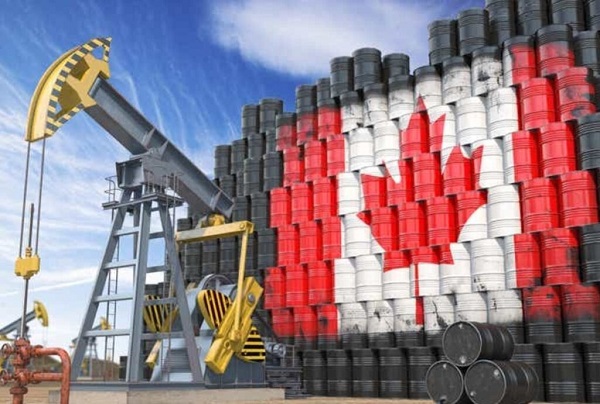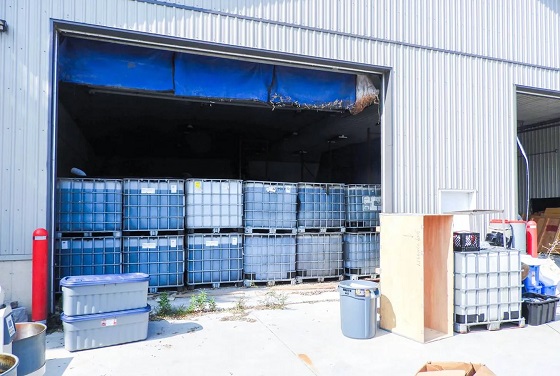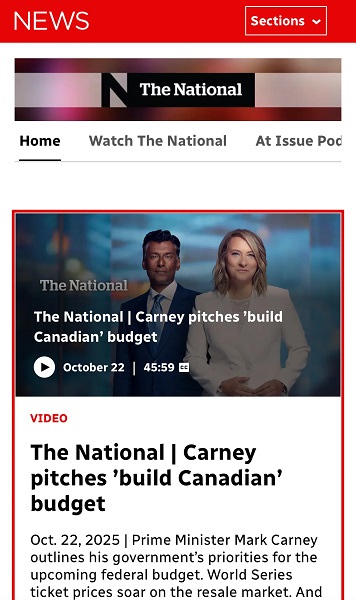Indigenous
No accounts on $7.9 million dollar ‘Truth’ Fund
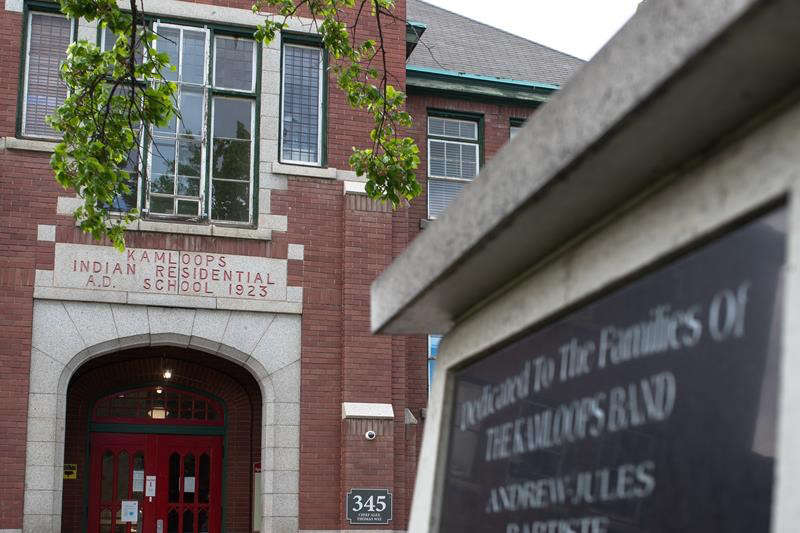
From the Frontier Centre for Public Policy
The First Nation prompted an international outcry in 2021 when it announced the discovery of 215 children’s graves hidden at the Kamloops Residential School. It said remains were found using ground penetrating radar.
Cabinet at the time lowered the Peace Tower flag at half mast for 161 days, approved $3.1 million for a national Residential Schools Student Death Register and another $238.8 million for a Residential Schools Missing Children Community Support Fund.
The Department of Crown-Indigenous Relations has confirmed it spent millions to uncover the “heartbreaking truth” of unmarked Indian Residential School graves in Kamloops, B.C. No remains have been recovered to date and no accounting of what became of the $7.9 million has been disclosed.
“The community had received $7.9 million for field work, records searches and to secure the Residential School grounds,” said Carolane Gratton, spokesperson for the department. “Details of initiatives taken by Tk’emlups te Secwepemc First Nation are best directed to the community.”
The department has not released financial accounts under the Access To Information Act. The First Nation said in a statement it “continues to grieve children that are in our care and are focused on the scientific work that needs to be done” but would not discuss the $7.9 million.
The 2021 funding was to document the “heartbreaking truth,” according to a 2022 department briefing note. “Our thoughts are with survivors, their families and communities as the heartbreaking truth about Residential Schools’ unmarked burials continues to be unveiled,” said the note.
“Funding is available to support communities, survivors and their families on their healing journey through researching, locating and memorializing those children who died while attending Indian Residential Schools,” said the note Indian Residential School Sites: Unmarked Burials.
“If pressed on Tk’emlups te Secwepemc Kamloops Indian Residential School site, the Government of Canada has provided $7.9 million over two years to the Tk’emlups te Secwepemc Nation to support the community in conducting this important work,” said the note.
The First Nation prompted an international outcry in 2021 when it announced the discovery of 215 children’s graves hidden at the Kamloops Residential School. It said remains were found using ground penetrating radar.
Cabinet at the time lowered the Peace Tower flag at half mast for 161 days, approved $3.1 million for a national Residential Schools Student Death Register and another $238.8 million for a Residential Schools Missing Children Community Support Fund. The Fund expires in 2025.
“I think Canadians have seen with horror those unmarked graves across the country and realize that what happened decades ago isn’t part of our history, it is an irrefutable part of our present,” Prime Minister Justin Trudeau earlier told reporters.
No remains have been recovered at the Kamloops site to date. A Senate committee in a 2023 report described questions regarding documentation of the 215 graves as “Residential School denialism.”
“Denialism serves to distract people from the horrific consequences of Residential Schools and the realities of missing children, burials and unmarked graves,” said the Senate Indigenous peoples committee report Honouring The Children Who Never Came Home. It recommended “the Government of Canada take every action necessary to combat the rise of Residential School denialism.”
Published with kind permission from Blacklock’s Reporter. First published here.
Blacklock’s Reporter (founded October 2012) is an Ottawa-based Internet publication covering Canadian government administration.
Bruce Dowbiggin
Get Ready: Your House May Not Be Yours Much Longer

As political scientist Philip Kaufman explains, “If you keep saying you are on stolen land, don’t be surprised when judges give it away to the natives you said you stole it from.”
“At Dodger Stadium on Monday night, singer JP Saxe re-wrote the lyrics of O Canada. The Toronto pop singer swapped the official “our home and native land” for “our home on native land.”
All things considered the land acknowledgement by Saxe (born Jonathan Percy Starker) is pretty tame stuff in today’s climate where some Canadians are suddenly learning they may not own their homes. But like Justin Trudeau washing “genocidal” Canadian laundry at the UN Saxe’s stunt at the Series is just another sign that Canada’s clever folk remain all-in on humiliating themselves in front of the world over reconciliation.
The latest acknowledgements go beyond an off-key pop singer toying with a song lyric. Just ask citizens of Richmond, B.C. which has sent a letter to residents warning that their property may not belong to them. This after a B.C. Supreme Court judge ruled the Vancouver Island First Nation have won back fishing rights and title for part of the land its ancestors used as a summer home in British Columbia’s Lower Mainland— despite opposition by two other Indigenous communities.
The gormless BC NDP government, which brought on the crisis by refusing to legally challenge native demands in the Blueberry River dispute, says it’s monitoring the Richmond file, admitting “owning private property with clear title is key to borrowing for a mortgage, economic certainty, and the real estate market.” But no promises, folks.
Naturally the locals are not amused. One Richmond property owner, who says he’s owned and paid taxes on his home since 1975, has been told by his lender they won’t be renewing his mortgage after First Nations land claim.

The Eby government settlement— called by Bruce Pardy “an existential threat to the future of his own province”— is part of a wave of claims both written and oral gaining momentum across the nation. As we wrote in August, “Among those properties in question is the Vancouver International Airport in Richmond, B.C.. How slick is that? A Carney government that ran on protecting Boomers’ primary residence cashboxes has now managed to put the entire notion of fee simple home ownership at risk.
As blogger Liam Harlow writes, “Indigenous people will now have an unprecedented, parallel title to private property in that area, a legal first of its kind in a court declaration. This title is declared a ‘prior and senior right to land,’ implying a stronger claim, with the court fundamentally asking “what remains of fee simple title after Aboriginal title is recognized in the same lands?”
It doesn’t stop there. Under UNDRIP (United Nations Declaration on the Rights of Indigenous Peoples) the UN will hold any properties acquired “in trust” for all “aboriginals” as they bicker among themselves for supremacy. Whether Canada’s natives will actually get the land, they will have served as a convenient vehicle for the progressive Left to expand its jurisdiction.
The glass half full on reconciliation holds that Canada’s politicians negotiate a fee with the new native owners to stay on these properties. (Good luck getting a mortgage with the Haida Gwai as co-owners on title.) The glass half empty is your equity goes bye-bye. The decision shocked many earnest Elbows Up types who had no idea their elected governments had fumbled the ball this way.

This is the culmination of decades of federal Liberal acquiescence on the Indigenous file, incompetence highlighted by Trudeau’s pandering visit to a graveyard that contained no alleged murdered babies. Or his refusal to re-open the main rail lines in 2020 when natives blocked the CP tracks.”
Citizens losing their homes in legal disputes should lead every newscast in the nation. Good luck sparking debate on these onrushing crises. As members of the B.C. legislature discovered when they were fired by their party for articulating a few inconvenient facts on reconciliation. The paid-off media, meanwhile, are too obsessed with Trudeau dating celebrity Katy Perry.
The reconciliation fatwa imposed by the Canadian Left powers the ludicrous ongoing spectacle over the Rez School graves. Based on verbal tradition alone, the prime minister of Canada staged pictures with teddy bears when there has never been a murder charge or a family searching for a dead child ever registered in Canada.
Multi-million dollar payouts by the Canadian government to investigate graves produced no evidence of any bodies— mostly because no effort was made. Evidence shows that children in Rez schools might have had a lower mortality rate from TB than those children in their residences. Or even in the general public.
Anyone challenging this reconciliation orthodoxy is fired from teaching positions, expelled from mainline political parties and banned from polite society. No one in Laurentian media seems willing to touch the hot skillet. No wonder polling in 2024 showed 60 percent of Canadians still believe the genocide claim.
Using this blank cheque indigenous radicals demanded land acknowledgements before meetings, political rallies and sports events. To which Woke Canada has caved. A bill in the BC legislature to ban acknowledgements “that deny the sovereignty of the Crown within British Columbia or that attribute collective guilt to individuals based on race, ancestry or the actions of Canadian historical figures” was quashed (88 of 93 MLAs voting no) The MLA behind the bill, Dallas Brodie, was instructed by a fellow PC MLA to get on the “right side of history.”
Meanwhile activists are in classrooms repeating the sanctity of land acknowledgements, ignoring that these lands had turned over many times in tribal warfare. To take just one example, the Comanche used the horse to go from a Canadian tribe to conquering multiple tribes and civilizations across the continent, stealing land and enslaving women and children. But new history mandates that it was their “ancestral” land. The pattern is repeated across North America.
Canadian liberals shrug at this as all just words and theatre. But as political scientist Philip Kaufman explains, “If you keep saying you are on stolen land, don’t be surprised when judges give it away to the natives you said you stole it from.” The BC NDP government’s guilt trip is now producing land claims across the country with warning home owners that, guess what, you may not own your home, either. Like this aboriginal challenge over lands in western Quebec.
There may be better ways to inspire radicalism among normally placid Canadians than kicking people out of homes they’ve bought, but for the moment we can’t think of any. And that’s nothing to sing about.
Bruce Dowbiggin @dowbboy is the editor of Not The Public Broadcaster A two-time winner of the Gemini Award as Canada’s top television sports broadcaster, his new book Deal With It: The Trades That Stunned The NHL And Changed hockey is now available on Amazon. Inexact Science: The Six Most Compelling Draft Years In NHL History, his previous book with his son Evan, was voted the seventh-best professional hockey book of all time by bookauthority.org . His 2004 book Money Players was voted sixth best on the same list, and is available via brucedowbigginbooks.ca.
Business
Judges are Remaking Constitutional Law, Not Applying it – and Canadians’ Property Rights are Part of the Collateral Damage
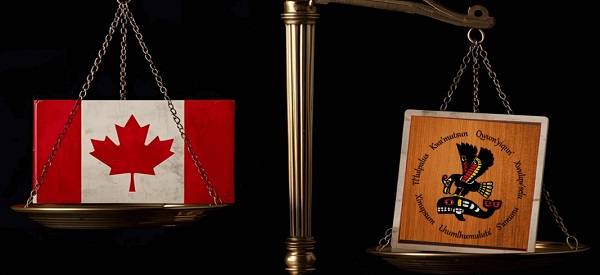
By Peter Best
The worst thing that can happen to a property owner isn’t a flood or a leaky foundation. It’s learning that you don’t own your property – that an Aboriginal band does. This summer’s Cowichan Tribes v. Canada decision presented property owners in Richmond B.C. with exactly that horrible reality, awarding Aboriginal
title to numerous properties, private and governmental, situated within a large portion of Richmond’s Fraser River riverfront area, to Vancouver Island’s
Cowichan Tribes. For more than 150 years, these properties had been owned privately or by the government. The Cowichan Tribes had never permanently lived
there.
But B.C. Supreme Court Justice Barbara Young ruled that because the lands had never been formally surrendered by the Cowichans to the Crown by treaty, (there
were no land-surrender treaties for most of B.C.), the first Crown grants to the first settlers were in effect null and void and thus all subsequent transfers down
the chain of title to the present owners were defective and invalid.
The court ordered negotiations to “reconcile” Cowichan Aboriginal title with the interests of the current owners and governments. The estimated value of the
property and government infrastructure at stake is $100 billion.
This ruling, together with previous Supreme Court of Canada rulings in favour of the concept of Aboriginal title, vapourizes more than 150 years of legitimate
ownership and more broadly, threatens every land title in most of the rest of B.C. and in any other area in Canada not subject to a clear Aboriginal land surrender
treaty.
Behind this decision lies a revolution – one being waged not in the streets but in the courts.
In recent years Canadian judges, inspired and led by the Supreme Court of Canada, have become increasingly activist in favour of Aboriginal rights, in effect
unilaterally amending our constitutional order, without public or legislative input, to invent the “consult and accommodate” obligation, decree Aboriginal title and grant Canadian Aboriginal rights to American Indians. No consideration of the separation of powers doctrine or the national interest has ever been evidenced by
the Court in this regard.
Following the Supreme Court’s lead, Canadian judges have increasingly embraced the rhetoric of Aboriginal activism over restrained, neutral language, thus
sacrificing their need to appear to be impartial at all times.
In the Cowichan case the judge refused to use the constitutional and statutory term “Indian,” calling it harmful, thereby substituting her discretion for that of our
legislatures. She thanked Aboriginal witnesses with the word “Huychq’u”, which she omitted to translate for the benefit of others reading her decision. She didn’t
thank any Crown witnesses.
What seems like courtesy in in fact part of a larger pattern: judges in Aboriginal rights cases appearing to adopt the idiom, symbolism and worldview of the
Aboriginal litigant. From eagle staffs in the courtroom, to required participation in sweat lodge ceremonies, as in the Supreme Court-approved Restoule decision,
Canada’s justice system has drifted from impartial adjudication toward the appearance of ritualized, Aboriginal-cause solidarity.
The pivot began with the Supreme Court’s 1997 Delgamuukw v. British Columbia decision, which first accepted Aboriginal “oral tradition” hearsay evidence. Chief
Justice Lamer candidly asked in effect, “How can Aboriginals otherwise prove their case?” And with that question centuries of evidentiary safeguards intended
to ensure reliability vanished.
In Cowichan Justice Young acknowledged that oral tradition hearsay can be “subjective” and is often “not focused on establishing objective truth”, yet she
based much of her ruling on precisely such “evidence”.
The result: inherently unreliable hearsay elevated to gospel, speculation hardened into Aboriginal title, catastrophe caused to Richmond private and government property owners, the entire land titles systems of Canadian non-treaty areas undermined, and Crown sovereignty, the fount and source of all real property rights generally, further undermined.
Peter Best is a retired lawyer living in Sudbury, Ontario.
The original, full-length version of this article was recently published in C2C Journal.
-

 National19 hours ago
National19 hours agoCanadian MPs order ethics investigation into Mark Carney’s corporate interests
-

 Business2 days ago
Business2 days agoCanada has given $109 million to Communist China for ‘sustainable development’ since 2015
-
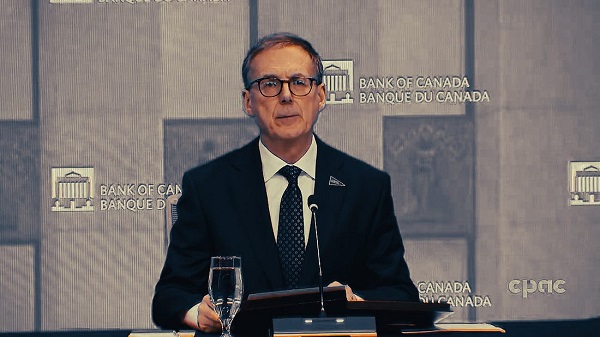
 Banks1 day ago
Banks1 day agoBank of Canada Cuts Rates to 2.25%, Warns of Structural Economic Damage
-
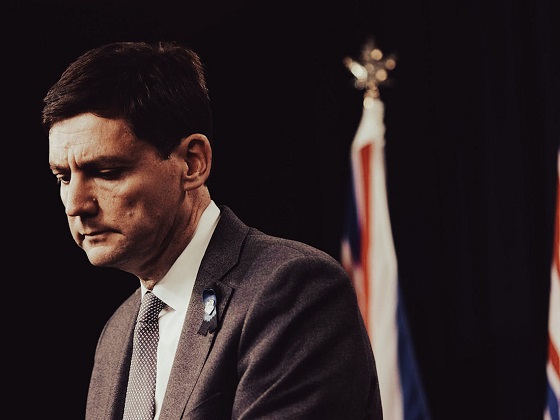
 Opinion2 days ago
Opinion2 days agoBritish Columbians protest Trump while Eby brings their province to its knees
-

 Business1 day ago
Business1 day agoFord’s Liquor War Trades Economic Freedom For Political Theatre
-

 International2 days ago
International2 days agoStrongest hurricane in 174 years makes landfall in Jamaica
-

 Bruce Dowbiggin7 hours ago
Bruce Dowbiggin7 hours agoGet Ready: Your House May Not Be Yours Much Longer
-
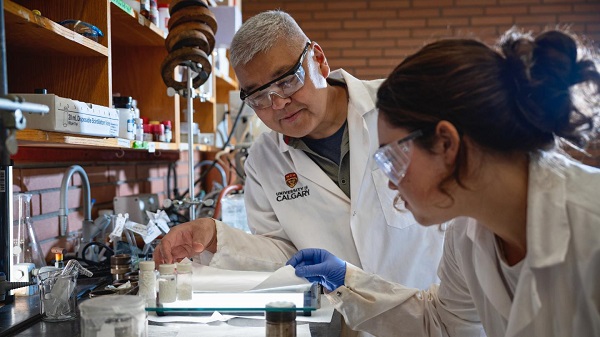
 Alberta15 hours ago
Alberta15 hours agoNobel Prize nods to Alberta innovation in carbon capture

